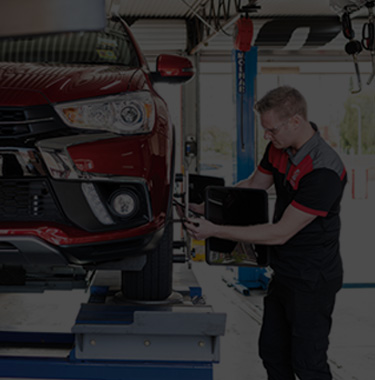Wheel Alignment
Trusted wheel alignment service
Tyres can be a significant investment, so we want to help you get the most out of them. Correct wheel alignment is one of the best ways you can maximise the life of your tyres. As well as this, well aligned tyres are safer, save fuel, and provide better handling on the road.
Your local Bridgestone has expert tyre technicians who will be able to assist with your all your alignment and tyre requirements.
The signs of misaligned wheels can be obvious because your car can feel as though it’s pulling to one side of the road, or your steering wheel is shuddering or vibrating.
This could either mean that your wheel alignment is out and it can happen gradually from everyday driving, or from incidents like hitting a curb or pothole.
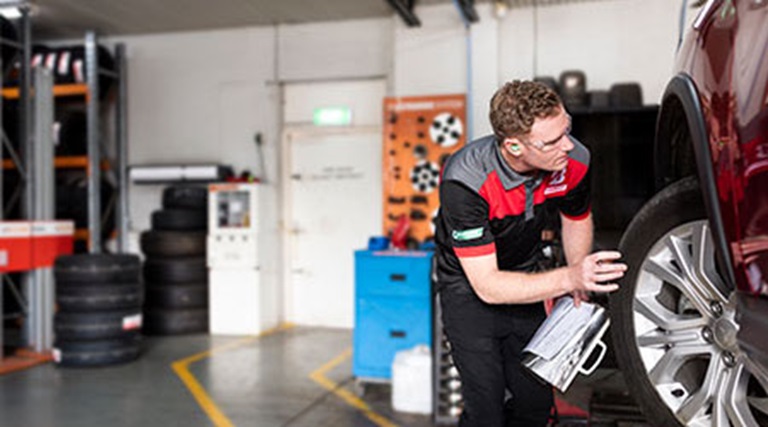
Wheel alignment service
How does a wheel alignment service work?
When we align your tyres, we measure, analyse, and adjust your vehicle’s steering and suspension angles to make
sure your wheels are perpendicular to the ground and parallel to each other. Our tyre technicians use state
of the art aligning equipment to give you the most precise wheel alignment possible.
There are five factors involved in determining the correct alignment:
-
Caster
-
Camber
-
Toe
-
Thrust
-
Ride height
When viewing your vehicle from the side, caster is an imaginary line drawn between the centers of the upper and lower ball joints of your tyres, which form an angle with true vertical. Caster is important to steering feel and high-speed stability.
When viewing your vehicle from the front, camber describes the inward or outward tilt of your tyres. Camber adjustment maximises the tyre-to-road contact, and takes into account the changes of force when a vehicle is turning.
When viewing your vehicle from the front, toe describes the alignment of the front and back of your tyres. If the fronts of your tyres are closer together than the rear this is called toe-in, while if the fronts are further apart, this is called toe-out. Toe is set so that tyres roll in parallel when your vehicle is in motion.
If your vehicle has a solid rear axle, your mechanic will use a thrust angle alignment to make sure all four of your wheels are square with each other.
Ride height is the distance between your vehicle’s chassis and the road, and is the reference point for all alignment measurements. If you raise or lower your vehicle’s chassis, you will need to realign your tyres.
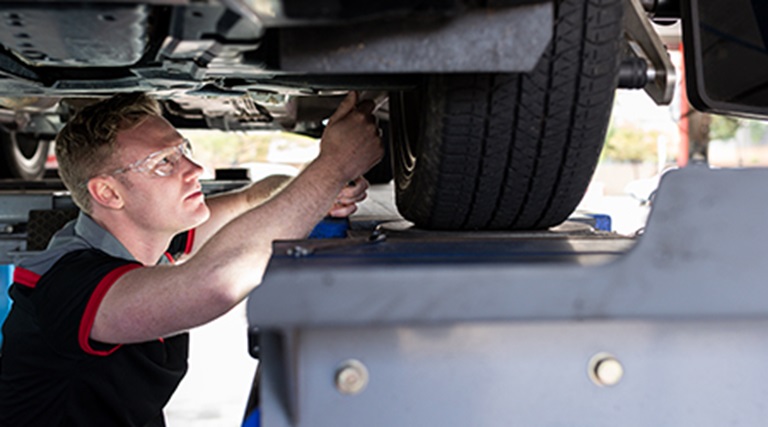
Put yourself in safe hands
If you are looking to correct your wheel alignment, book in at your local Bridgestone store. Our qualified wheel alignment technicians use the latest technology to make sure your tyres steer true, and undergo the least amount of wear. We will tell you about all our work and costs upfront so you can get your tyres in perfect order without blowing your budget.
Car wheel alignment
When do you need a wheel alignment service?
You may need a wheel alignment service if:
- Your steering doesn’t feel right, or is pulling to one side
- You are rotating your tyres
- Your tyres display notable wear
- You customise your vehicle, and raise or lower the chassis
- An incident occurs on the road, such as a bump or pothole, that makes you think your wheels may be misaligned
You may also want to check your wheel alignment if it has been a while since your last service.
-
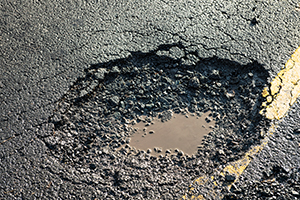
Road hazards
-
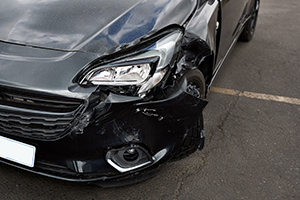
Minor bingles and accidents
-
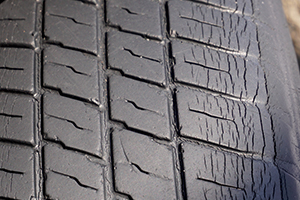
Tyre wear and tear
Alignment service
How does a wheel alignment work?
In simple terms, a wheel alignment is the measurement, analysis and adjustment of your vehicle’s steering and suspension angles to ensure the wheels are perpendicular to the ground and parallel to each other.
A wheel alignment is a key maintenance factor to ensure that you get the best wear and performance out of your tyres.
A regular wheel alignment provides safe vehicle control plus a smooth and comfortable ride free of pulling or vibration. It also extends your tyre’s mileage.
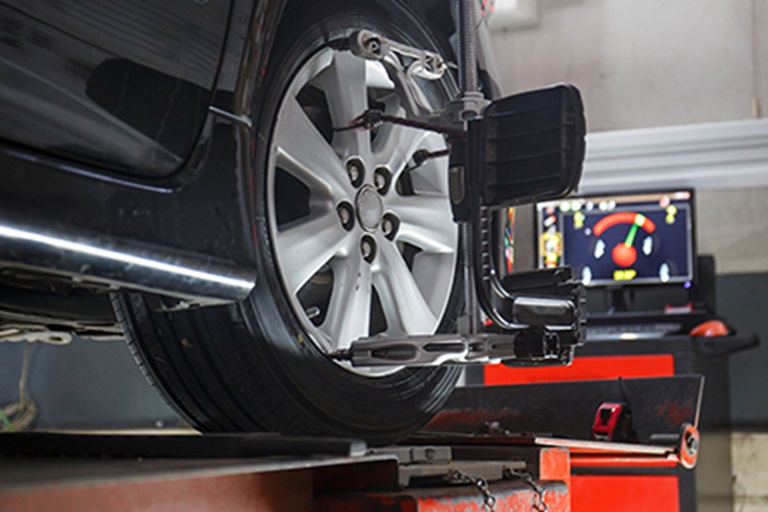
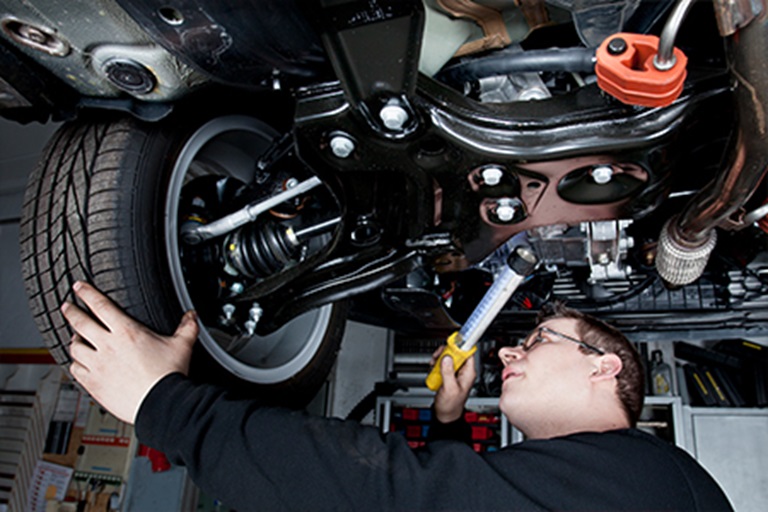
The suspension system of today’s front and rear wheel drive vehicles requires precise wheel alignments that can only be delivered by state-of-the-art alignment systems.
There is also more variety on the road these days with vehicles having stability controls or dynamic stability controls, active stability management or SAS (Steering Angle Sensors). And because every vehicle manufacturer is unique, it requires different methods of adjustment.
Your local Bridgestone technicians are fully qualified and trained to ensure you get the most precise wheel alignment available by using the latest, state-of-the-art aligning equipment.
Wheel balancing
One of the easiest ways to tell when something is not right with your tyres is from behind the wheel. Most of us would have encountered steering wheel wobble or vibration when we are driving at high speeds, and this can mean that a wheel is out of balance.
To fix the problem, your Bridgestone technician will use tiny, but important, weights to counterbalance the heaviest part of the tyre and wheel assembly. If that weight becomes loose, the wheel will wobble — and the faster you’re travelling, the more it will wobble. This will increase tyre wear and is potentially unsafe.
Your Bridgestone technician can easily fix the problem using Bridgestone’s Ultra-Ride System.
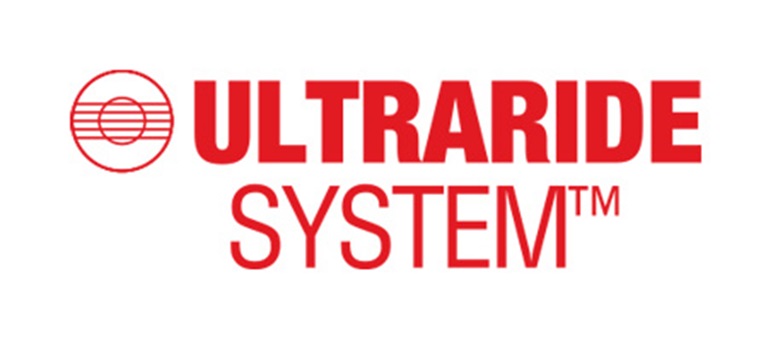
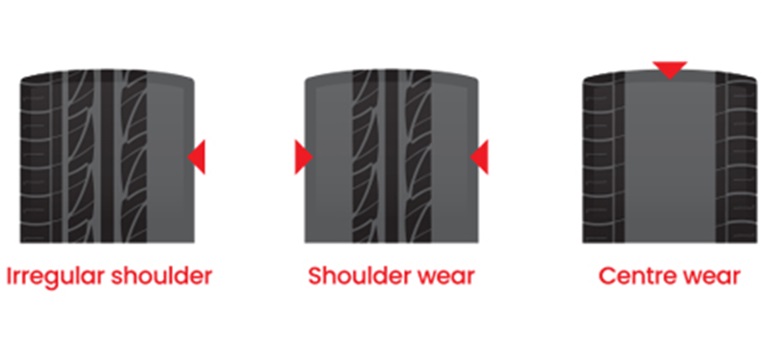
Tyre rotation
Different vehicles will wear their tyres at different rates. For example, a front-wheel drive vehicle will wear its tyres very differently from a rear-wheel drive. Station wagons and utilities — because of the lack of weight over the rear wheels — will also wear at varying rates.
One of the best ways you can look after your tyres is by rotating them regularly. Swapping the rear tyres to the front and vice-versa ensures that tyres wear evenly and last significantly longer. As a guide, tyres should be rotated every 5,000 to 8,000 km even if there is no sign of uneven wear.
Nitrogen inflation
Most motor racing teams use nitrogen gas to inflate their tyres —chiefly because nitrogen molecules are around four times larger than oxygen molecules and therefore don’t leak as readily. Less leakage means tyre pressures are maintained — and that’s great for performance.
Nitrogen inflation also gives you benefits for everyday driving — such as better tyre life and better fuel economy, because when your tyre pressure decreases, your fuel use increases. Lower tyre pressures can also reduce the durability and life of your tyres.
Talk to your Bridgestone technician to find out how nitrogen inflation can help your vehicle.
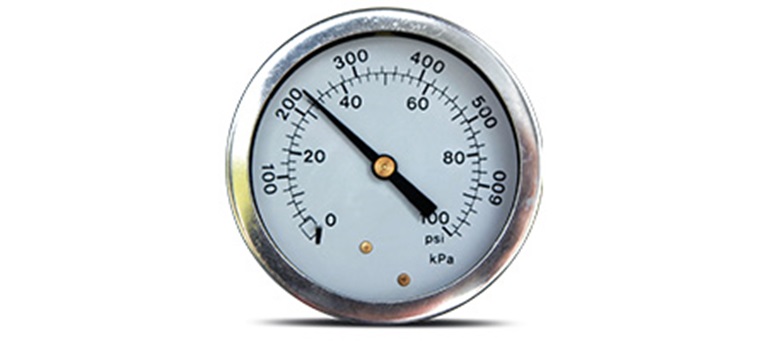
Frequently asked questions
-
How much does a wheel alignment cost?
The cost of a wheel alignment can vary depending on the make and model of your car, and the type and size of tyres you have. To get a quote for your vehicle, contact your nearest Bridgestone store.
-
How often do you need a wheel alignment?
Over time, even a small misalignment can cause premature tyre wear, so we recommend a professional wheel alignment as part of your regular service schedule, every 2-3 years or 10,000km of driving. Regular wheel alignments can help maintain your vehicle’s efficiency and safety, ensuring a smoother and more controlled driving experience.
-
What is a wheel alignment?
When we align your tyres at Bridgestone, we measure, analyse, and then adjust your vehicle’s steering and suspension systems to ensure your wheels are both perpendicular to the ground and parallel to each other. Qualified Bridgestone tyre technicians use state of the art equipment to achieve the most precise alignment for your vehicle, one that considers caster, camber, toe, thrust and ride height.
-
Why is a wheel alignment important?
A wheel alignment is essential because it helps prevent uneven tyre wear, extends the lifespan of your tyres, and improves overall vehicle stability. Properly aligned wheels reduce strain on your suspension system, enhance fuel efficiency, and provide better control, making driving safer and more comfortable.
The following stores offer wheel alignment
-
List View
